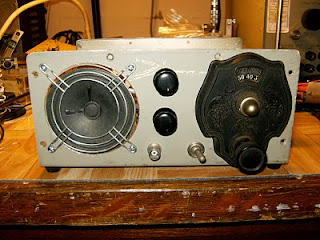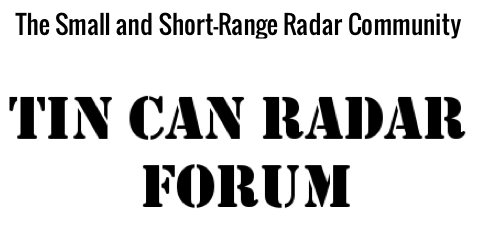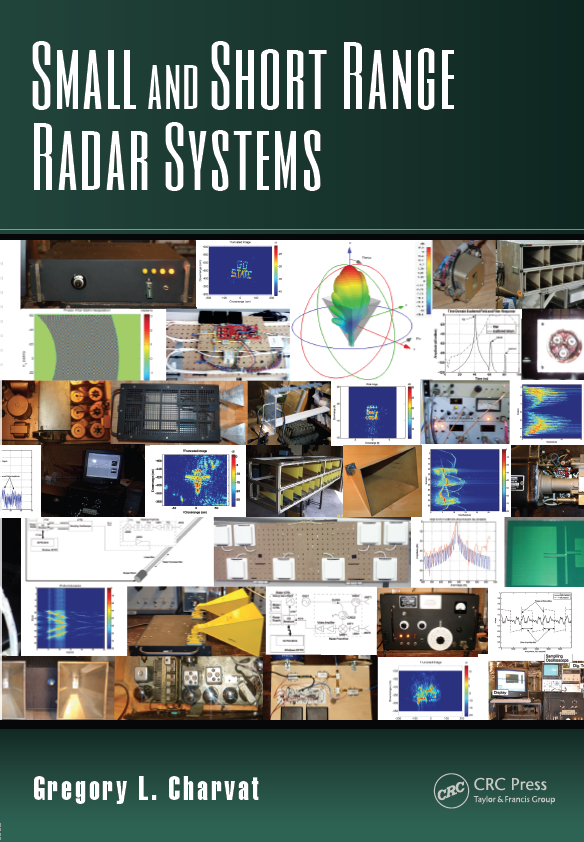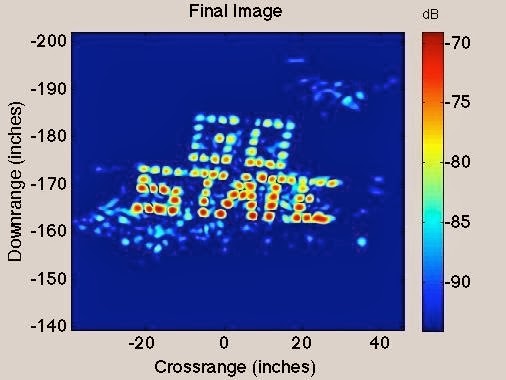

During my undergraduate days at MSU a math professor friend of mine told me about designing a receiver out of only one type of transistor back in the 60's when transistors were more expensive. Again, a colleague of mine shared stories with me about a receiver that he developed using only one type of transistor and a surplus WW2 radio chassis with a very nice gear reduction tuning mechanism and capacitor. This was done in the early 60's.
Considering the intuition that this generation has from their experiences in developing RF systems using discrete devices i decided to challenge myself to build my own one-type-of transistor receiver.
Looking around my laboratory i found that i have an abundance of 2N4124's, which are general purpose NPN transistors that are not specifically designed for RF necessarily. I challenged myself to develop a receiver, a transistor radio from scratch, using only 2N4124's.
Using the 1970 ARRL handbook, Art of Electronics, and some web articles on the Norton RF amplifier circuit i successfully developed the receiver shown here. It is very sensitive, better than -110 dBm (as low as my HP606A will go) and is capable of tuning in shortwave AM, +- 500 Kc's tuning range centered at 5 Mc. The IF was at 455 Kc's because i had a bunch of old 455 Kc tuned transformers lying around. With this receiver I can tune in numerous shortwave stations with the use of only a 10' long wire inside of my basement.
A few things i have learned:
It is easier to make an oscillator than an amplifier.
Be cognizant of your envelope detector output impedance.
Norton amplifier design topology (or for that matter any common base configuration) is a great way to use a NPN junction transistor at higher frequencies without oscillation problems.
Do not expect more than 30 dB of gain for any one IF amplifier stage. Actually, it should probably be kept below 30 dB to 25 or so for stability. I preferred to use degenerative emitter feedback to stabilize my IF amplifiers.
I really like Hartley oscillators. The one i developed produces alot of power and is very stable. (but i did have to cheat with this and use a PNP transistor, the 2N3906, because the only variable caps available as a tuning capacitor were grounded to the chassis on one leg).
This was lots of fun! You should try building your own transistor radio from scratch.










